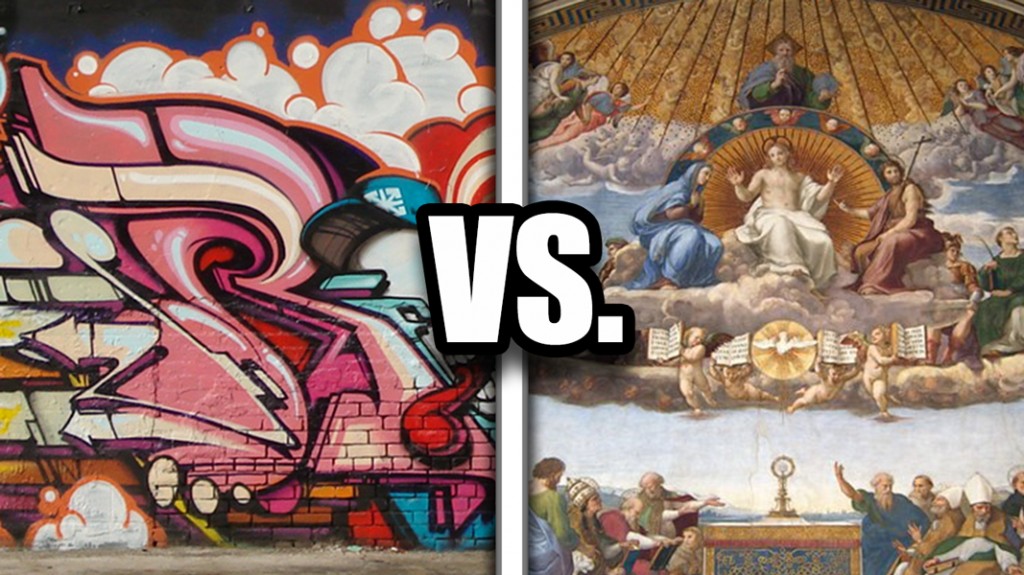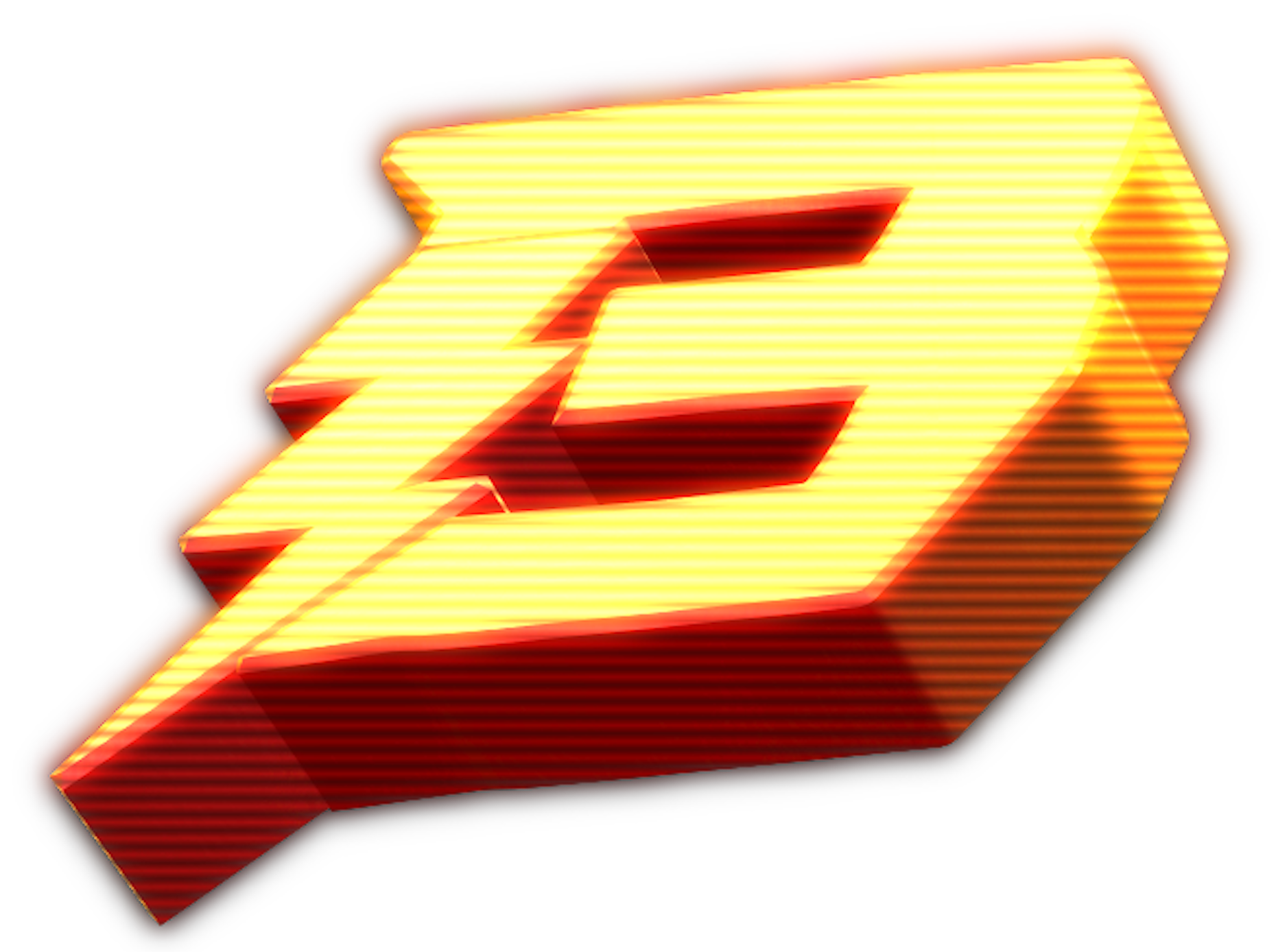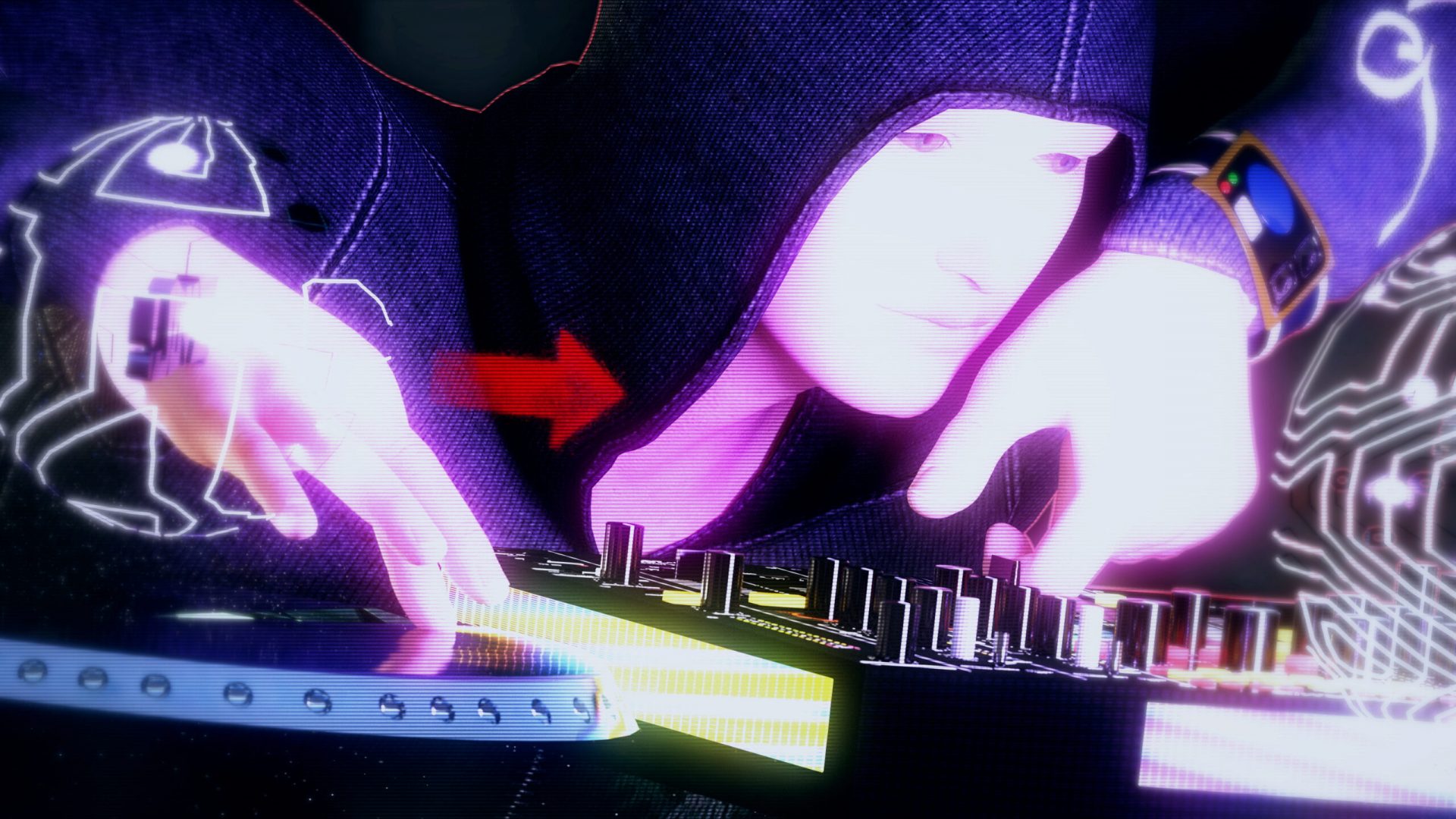A critique and review of Henry Chalfant’s Graffiti Archive Volume 3: TC5 Featuring Blade
“The graffiti movement has become a greater thing than the Renaissance.” – Lady Pink

In rare instances, an archive strengthens its subject’s history. This is the case with the third installment of Henry Chalfant’s Graffiti Archive. In particular, graffiti artist Lady Pink makes the wild and inflammatory assertion that graffiti art spawned from the New York Subways transcends the Renaissance art movement (as in like, Michelagelo, Da Vinci, Raphael, etc.) in size and importance.
Even though I am a graffiti artist, I have issues with this statement. Even though graffiti art style has proliferated around the world, so has Renaissance Art. In fact, Renaissance art has touched people for centuries, whereas graffiti art as we know it today hasn’t yet reached its fiftieth anniversary. Graffiti’s reach has been primarily through modern means of communication, and Renaissance art not only rides the same wave of communication to a comparable degree, but also was reproduced in print form going back centuries.
Having said that, I think Lady Pink correctly puts graffiti art in the same arena. What other art form do we know of that has touched as many lives as the Renaissance? We can’t say the same for Cubism, Dada, Surrealism, not even Pop Art. For me, this is where it gets tricky. HCGA Volume 3 once again betrays the schism between graffiti’s early promoters and the art itself – most notably in Chalfant’s introduction and Lady Pink’s interview. Chalfant describes how many early graffiti promoters saw graffiti as a great neo-leftist rising of the people against their oppressors. Lady Pink essentially asserts that all art is political, and that an artist has a responsibility to know history.

I have swooned to this siren song in the past, but upon reflection I am astounded that neither approach really addresses what graffiti is or why I think it spread. First, graffiti historically has been “writing on a wall.” Graffiti by definition is about the words, the letters. It was often political, particularly in ancient Rome where the rich would paint political messages on the wall surrounding their homes. But graffiti isn’t always political. In fact, the most virulent graffiti that has spread across the globe is only political when considering the overall social phenomenon of its creation rather than the artwork created. The average graffiti writer that makes up the wide mass of adherents that Lady Pink counts as overwhelming the Renaissance, simply wants to make a dope style, or just “get up.” Strangely in all these years of graffiti books, magazines, tv shows, and movies the examination of why “lettering” caught on is strangely missing. I mean, it’s kinda weird that adolescents are maniacally obsessed with this new age calligraphy.
The Lady Pink interview in this volume is one of the many great interviews in this volume. One golden moment is when Pink describes the John Lennon double whole card her and Iz the Wiz did. Basically, the workers at the train yards refused to buff the piece for 4 years, and the cars ran in tandem during that time. I have to admit this part of the book brought tears to my eyes.
You would think from this review that the Lady Pink interview was the main event in this iBook. Not so, the volume is PACKED with amazing photos, history and interviews. In fact, Blade is supposed to be the star of this show, and he certainly delivers, but the Seen (TC5) interview, Doze, Comet, and Doc interviews are all mind blowers in their own way.
The Blade interview precisely described what, even today, I might consider the closest thing to heaven. He describes painting trains in the 70’s and what it was like: Hanging out in the train yard with your friends, girlfriend, a bucket of Kentucky Fried Chicken, beer and spray paint. I mean, there it is. I challenge even vegan graffiti writers to dispute this. Blade also talks about his bombing competition with Lee, his influences, and the controversial history of TC5’s evolution. One interesting thing is that he mentions how there was absolutely no beef amongst writers in the early days, 1972-1976. It’s interesting to reflect how the effect of outside forces eventually caused the writers to fight amongst themselves.
The Comet interview cements the history of one of graffiti history’s most notorious bombers. The Seen TC5 interview has another doozy of a statement regarding who has better style, Seen TC5, or Seen UA. You’ll have to watch it yourself for Seen TC5’s answer though, I’m not going to be a spoiler. The Doze interview has an amazing time lapse of him tagging and his description of the cafeteria scene at the School of Art and Design and what it meant to graffiti at the time. It’s interesting to note that the City’s taxpayers were funding the evolution of graffiti at the same time they were buffing it!
Finally something special has to be said about the Doc TC5 interview. Though not as famous as Blade or Pink, Doc had awesome style, often writing “Arab”. His interview sheds tons of new light on the graffiti we know and love. Most notably he points out that many of the iconic subway pieces we know today were done during the New York Transit Strike. His interview also dovetails with Seen TC5 wherein they describe TC5’s transformation from “The Crazy Five” to “The Cool Five.” It seems that at some point TC5 grew so large it became a joke. Comet controversially handed the leadership over to Seen, who holding court at Rock Steady Park, subsequently ejected members if their graffiti blackbooks weren’t to his liking. Thus overseeing the crew’s ruthless transformation from “crazy” to “cool.”

My main complaints about this volume are some of my usual. The series really could use more meticulous documentation and footnotes. This problem is especially apparent with a writer like Seen TC5 who often utilized different aliases. The navigation, though overall pretty good, has a glitch at the end where you could miss a couple legendary Blade whole cars if you aren’t paying attention. Lastly, I would love to seen a “zoom and hold” control for looking at the cars. Currently the zoom snaps back to original size if you let go. A small matter but hopefully in an update they can add this feature.
Cover art for the iPad Book.
The pictures of the trains are truly the main event in these volumes, and there are all the iconic Blade pieces one would expect, and then a ton of lesser known but excellent pieces as well. Whereas I don’t one hundred percent subscribe to the idea that Graffiti is bigger than the Renaissance, this volume is the first to my mind that broaches the subject, and in this writer’s opinion, should.



Pingback: Review: Henry Chalfant’s Graffiti Archive Volume 4: The Art of UA Featuring Seen | DJ Deadly Buda